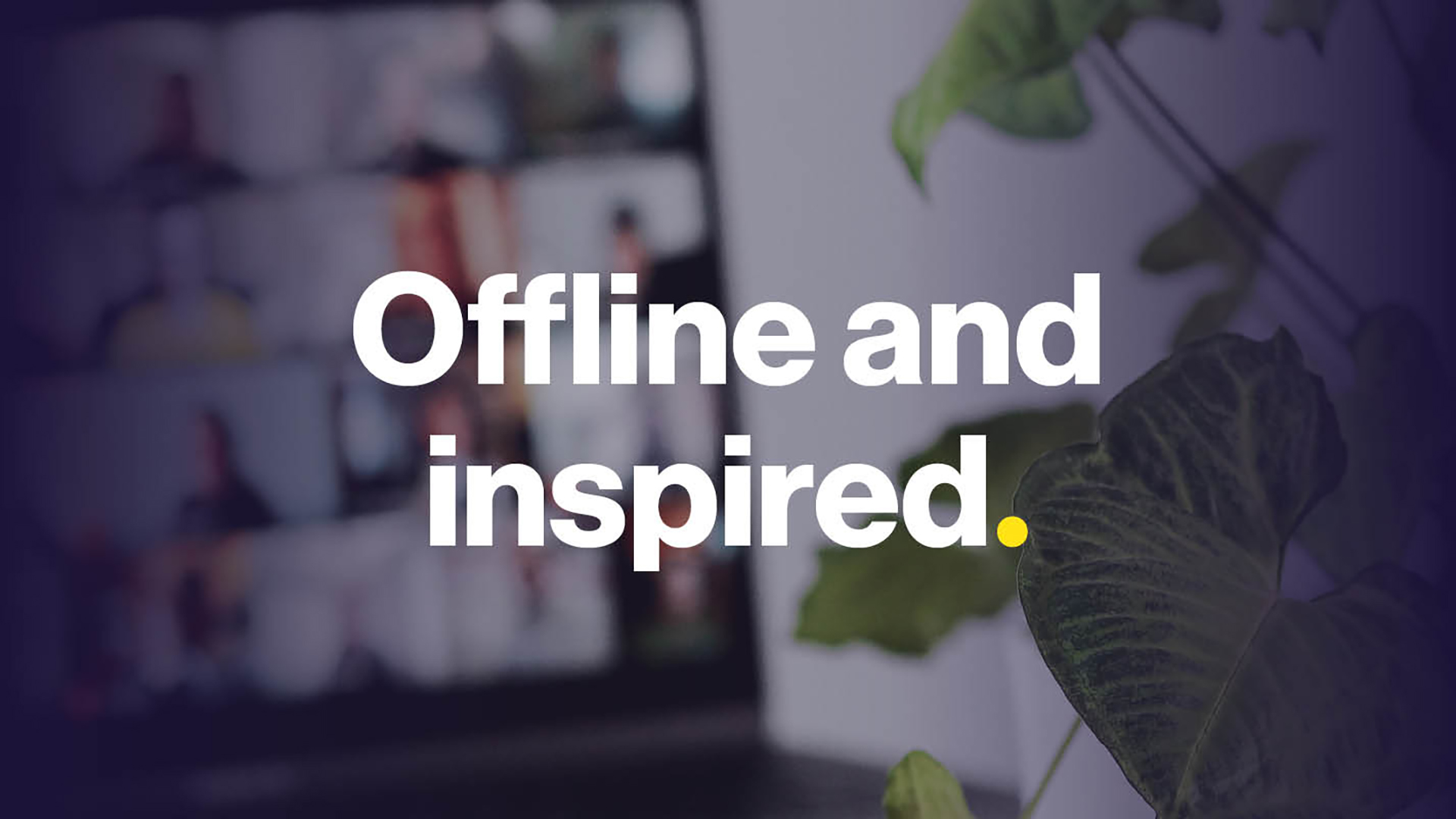We live in a digital age where vast sources of information are available at the click of a button. There are countless websites that have curated images to inspire alongside examples of designers past works that my fellow designers and I can turn to when we need a little inspiration or an image for a mood board. But whilst the internet is undeniably a rich resource, relying solely on online platforms can limit the depth and originality of ideas. To be a true creative and find a unique perspective, I believe it’s essential for designers to explore offline sources of inspiration.
But where to start when we finally break away from the screen? A great place can be simply taking a walk outside. Mother nature has provided a multitude of vibrant colours, awe-inspiring landscapes and intricate patterns that find a way to poke through even the most industrial environments. Step out and immerse yourself in some natural beauty. Look at how light and shadow interact, study shapes and textures and take notice of colour palettes designed to work in harmony. From delicate flower petals to rough tree bark, from bird song to buzzing insects there’s an endless array of inspiration to fire up every sense.
Another of my favourite activities is visiting art galleries and museums. I love exploring classical paintings of past decades as well as modern masterpieces to study the composition techniques employed by these artists. I find it fascinating that a few brush strokes can convey everything from complicated emotions to rich and complex stories. I’ve noticed that most people walk quickly around galleries sparing a few seconds for each painting. However, next time you visit a gallery, why not choose a favourite piece and spend some time looking at it at a deeper level. Allow it to inspire new visual narratives and design approaches, study the history of how and why the piece was created and use the cultural and historical narrative to invigorate your creative process.
As many of us work in a city, architecture and the urban environment can be a fascinating source of inspiration. Observe the lines, shapes and forms of the buildings and structures near you. What materials, patterns and colours were used? Were they designed to blend in or stand out? By incorporating the essence of architecture into your designs from the clean lines of brutalist structures to the ornate frippery of gothic spires you can generate visually striking results.
Books can also be a fabulous source of inspiration. The tactile experience of thumbing through pages for inspiration holds a distinct charm that can’t be found online. Don’t just limit yourself to books on design, use art books and photography collections to inspire you. Explore books on typography, layout, and visual storytelling. If you’re doing an animation, why not pick up a graphic novel and study the composition of each frame. Printed materials can provide a fresh perspective that can inform your own design choices.
Even if none of the above seems readily available, often one of the best sources of inspiration can be your daily life and experiences. Observe the details around you. Who are the people, what is their culture, what emotions are being expressed when they’re speaking. Engage with communities that offer different perspectives to your own or take up a new hobby. These experiences can fuel your creativity and infuse your projects with authenticity and relatability. After all, as designers, we’re always working for an end client and spending time exploring relevant cultures and people can help you design more effectively.
While the internet is and will always be a vastly important tool, designers can always broaden their creative horizons offline. Nature, galleries, books and your own experience can be drawn on and translated into beautiful work. Keep your senses open and your mind curious to let it fuel your imagination.



